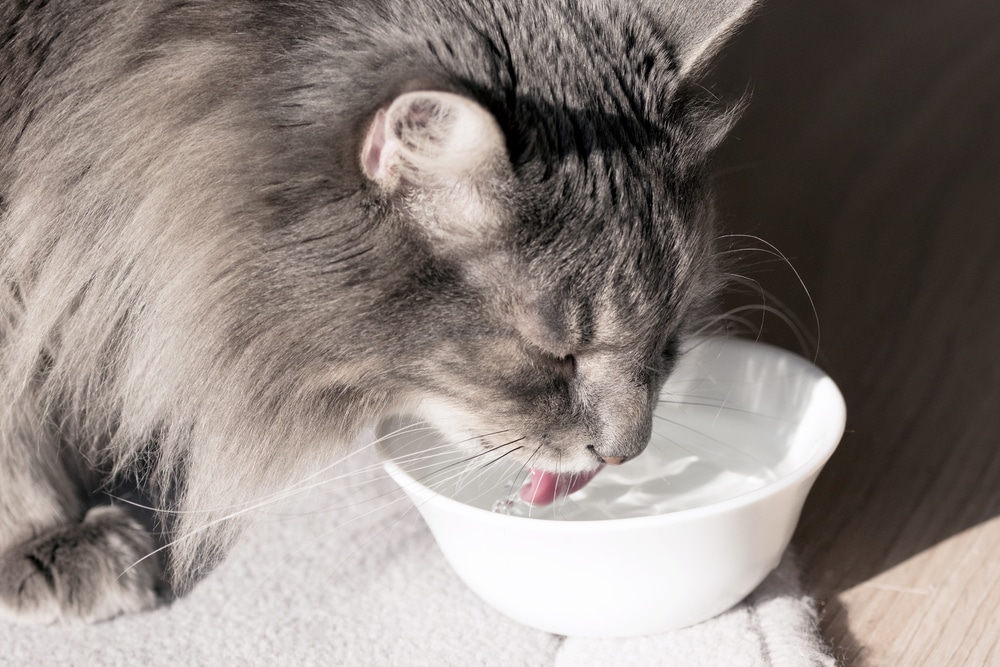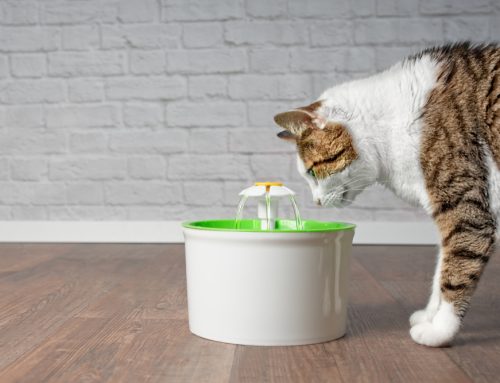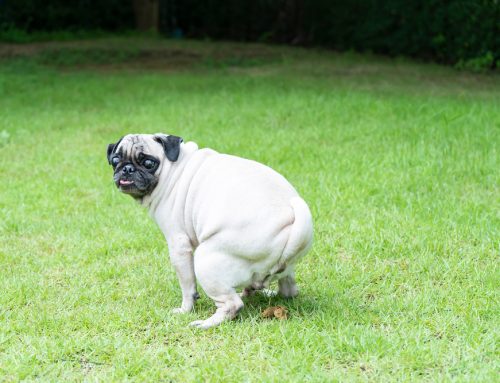A summer day of fun in the sun can quickly lead to disaster if your pet overheats and becomes a victim of heat stress or—worse— heatstroke, which can have serious and life-threatening consequences. Pets cannot sweat as effectively as humans and must rely on less efficient means, such as panting, to regulate their body temperature and cool themselves, which makes them more susceptible to heat-related illnesses. While people can take precautions to protect themselves from overheating, pets rely on their owners to ensure they stay cool and safe.
Our Madison Street Animal Hospital offers safety do’s and don’ts to help your pet beat the heat.
DO learn about your pet’s heatstroke risk
All pets can overheat, but some are more at risk. Pets with a higher heatstroke risk include those who are:
- Flat-faced (i.e., brachycephalic breeds)
- Young or old
- Overweight or obese
- Thick- or long-coated
- Have cardiac or respiratory conditions
DON’T leave your pet in a parked car
The interior of a car can reach 110 degrees in 20 minutes on an 80-degree day. Parking in the shade or leaving your windows slightly open will not keep the temperature safe for your pet. The American Veterinary Medical Association provides more information with their chart regarding pets in vehicles, and how your car’s interior temperature rises. If you will need to leave your pet in your car while you run errands, even “for a few minutes,” you should leave them in your air-conditioned home.
DO modify your pet’s exercise routine
Pets have a harder time cooling themselves when temperatures and humidity levels are high—and the more humid, the lower the temperature that can negatively affect your pet. Reduce your pet’s heatstroke risk by making the following changes to their exercise routine on hot, humid days:
- Exercise early or late— Exercise your pet in the cool of the early morning or early evening, rather than mid-afternoon, which is usually the hottest time of day.
- Reduce activity — Pets love to play and be active, and often do not know when to stop to cool down. Take frequent breaks in the shade when outside with your pet, shorten the exercise sessions, and avoid strenuous activities when the heat and humidity are extreme.
- Bring water — Bring fresh, cool water and a portable bowl for your pet anytime you head outside.
DON’T walk your pet on hot surfaces
Metal, cement, asphalt, or artificial grass surfaces can become incredibly hot and can burn your pet’s paw pads. Test a surface temperature with the back of your hand—if you cannot keep your hand down comfortably for 10 seconds, the surface is too hot for your pet to walk on, and will likely burn and blister their pads.
DO keep your pet hydrated
Pets lose moisture much faster than humans, and they must be kept hydrated, especially in the heat, so ensure they have access to cool, fresh water throughout the day. You can also keep them hydrated by:
- Mixing water and kibble — Add a small amount of water, wet food, or broth to your pet’s food—they will love the flavor.
- Adding ice cubes — Ice cubes can keep your pet’s water cool and entice your pet to drink more.
- Making hydrating treats — Frozen treats are a delicious way to cool your pet down and keep them hydrated. Freeze pet-friendly fruits and vegetables or make no-sodium broth “pup-sicles” as special warm-weather treats.
DON’T miss heatstroke signs in your pet
If your pet’s internal body temperature rises high above normal (i.e., between 101 and 102.5 degrees for dogs), they may suffer heatstroke, which can lead to organ damage and death. Recognizing overheating signs can save your pet’s life. Heatstroke signs include:
- Excessive panting
- Lethargy
- Drooling
- Vomiting
- Diarrhea
- Bright red gums
- Convulsion or collapse
DO act quickly if your pet overheats

If you notice any overheating signs in your pet, acting quickly to cool your pet and then seeking immediate veterinary care is vital. At any sign of overheating:
- Head indoors — Take your pet inside to an air-conditioned room, or put them in front of a fan.
- Fill up the bath — Place your pet in a cool bath. Never use ice or extremely cold water, as the sudden change in body temperature can be dangerous for your pet.
- Offer water — Offer your pet cool water, but never force them to drink.
- Monitor your pet’s temperature —As soon as your pet’s temperature drops to 103 degrees, take them to the nearest emergency veterinary hospital immediately. They may appear to have recovered, but they still need a veterinary check for organ damage.
We hope you now know how to avoid a heat-related emergency during the still-warm weather. However, if you are ever concerned about your pet and a heat-related illness, immediately contact our Madison Street Animal Hospital team for guidance.
























Leave A Comment